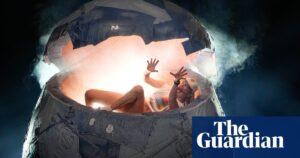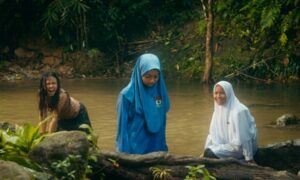Thirty years after his death in February 1994, it is perhaps unexpected that Derek Jarman – multi-faceted artist, activist, film-maker, socialiser – is probably now most widely known as a gardener. The patch of beautifully arranged salt-resistant vegetation he built around a windswept clapboard cottage in Dungeness, in the shadow of the now non-functioning nuclear power station, is the subject of books, exhibitions, and many a magazine picture spread. A number of high-profile keepers of the flame regularly bang the drum – Tilda Swinton, Isaac Julien and Neil Bartlett among them – ensuring the Jarman legend is not likely to slip away any time soon.
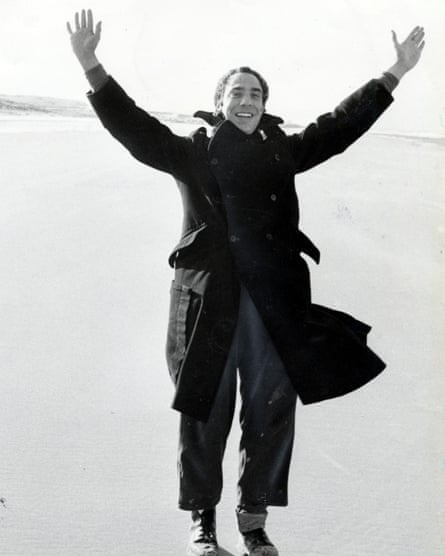
The latest move in this perpetuation process takes place with a programme of Jarman’s Super 8 short films at London’s Institute of Contemporary Arts – appropriately enough, as the radical-chic venue on the Mall was one of Jarman’s own regular screening locations. If you are unfamiliar with these, it’s worth acquainting yourself with them on the cinema screen; the scrubby approximations on various corners of the internet don’t really do them justice. It’s hard now to understand just how important a film-maker Jarman was in the UK in the 1980s and the early 90s, at a time when there was so little else around that was British-made, and the 70-odd short films he made are foundational to his more accessible feature-film oeuvre.
The custodian of Jarman’s short films is now James Mackay – another of Jarman’s curatorial flame-keepers – who met the film-maker in the late 70s while cinema programmer of the London Film-Makers Co-Op, the avant-garde workshop where Jarman would put on screenings. Mackay, who went on to produce several of Jarman’s features, including The Angelic Conversation, The Last of England and The Garden, was left the film reels in Jarman’s will, reels which the film-maker had stored while he was alive in a military suitcase belonging to his father in his flat off London’s Charing Cross Road, behind the Phoenix theatre.
The programme showing at the ICA is the same, Mackay says, as one he put together for the recently opened Academy Museum in Los Angeles, a glorious high point in the Jarman journey – “to see them on that scale was fantastic, with that quality of projection and sound” – and while the facilities at the ICA probably won’t be on the same level, to have them back in Jarman’s old stamping ground will be a treat. It’s the result of a long road: the original Super 8 footage, while so straightforward to shoot in the first place, is now fragile and, says Mackay, was difficult to show to much advantage in the first place on low-powered Super 8 projectors.
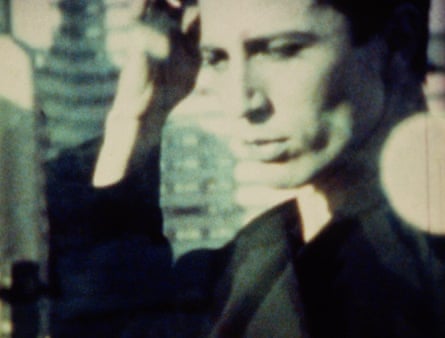
Mackay says their first attempt to preserve them involved converting them to 16mm blowups in the 1980s, but the process was expensive, so they turned to conversion to video, which also proved problematic; it wasn’t until the advent of digital scanning in the 00s that a more workable solution was found. Mackay says he got talking to Maja Hoffmann of the Luma foundation at the opening of Julien’s Brutal Beauty exhibition of Jarman’s work in 2008 at London’s Serpentine Gallery, who offered to fund scanning and restoration, with the original prints (and the suitcase) deposited in the foundation’s Zurich archive.
So what is actually going to be on show? Jarman’s short films are personal, collage-type affairs, lasting a few minutes each; the longest in the programme, Sulphur, runs for 15. They also show the undeniable influence of a whole gallery of experimental film-makers, from Maya Deren to Jean Cocteau to Kenneth Anger. Some, like Studio Bankside and Sloane Square, operate as psychic records of Jarman’s creative life, studio-bound diaries that enact private rituals around the artistic process and the objects that inspire it. Tarot is the most Anger-esque with its accretion of arcane occult imagery, while Sulphur is a creepy evocation of an urban hellscape, with clear similarities to The Last of England and very disorientating superimposition technique in which a performer shines a light directly into the camera lens. Journey to Avebury, a travelogue across the Wiltshire countryside on a trip to the famous standing stone circle is probably the most conventionally accessible, while the most obviously queer of the films is My Very Beautiful Movie, a collection of male nudes filmed on the beach of the legendary gay resort Fire Island. A third studio-life film, Duggie Fields at Home, roams around the flat rented by fellow artist Fields, which, incidentally, he had shared with Pink Floyd’s Syd Barrett before the latter’s breakdown.
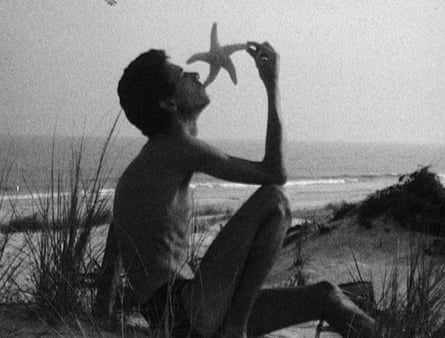
Music had a significant role, says Mackay; turning up with his bag of film reels, Jarman used to play records as soundtrack at his underground shows, but attempting to clear rights for more legitimate releases was, again, financially impossible. Having commissioned a score from Throbbing Gristle for In the Shadow of the Sun, Jarman’s re-edit of much of his 70s material, Mackay says he and Jarman moved ahead to commission soundtracks for the original films, a process that started before Jarman’s death, including from Simon Fisher Turner (who scored Caravaggio, The Last of England and The Garden) and Throbbing Gristle-adjacent duo Cyclobe.
These shorts were all made in the early 1970s, between his first major break in the film industry designing Ken Russell’s 1971 historical fantasy The Devils and releasing his first feature film, the erotic fantasy Sebastiane in 1976. Jarman’s main source of income in this period, apparently, was via Russell; another job, on Savage Messiah, materialised; others, such as a film of Rabelais’ Gargantua and an opera of The Tempest, fell apart. Although Jarman found the uncertainty and committee nature of the commercial film industry dispiriting (so much so that he turned down Russell’s offer of designing Tommy), involvement in it triggered an interest in film-making that largely displaced painting, at least until the mid-80s.
The hermetic, personal nature of these short films can’t be disguised and is, of course, the point; Mackay says that Jarman saw his film-making “on two different levels”. The Super 8 films are, he says, like “private work that an artist makes [for] themselves and for their friends” and the features like a “public commission, in the same way you might make an artwork for some building, or a statue or something”.
“Derek,” he says, “picked up on Super 8 because it was so simple and all under control. He could carry a camera around and make films as he pleased.”
Source: theguardian.com














